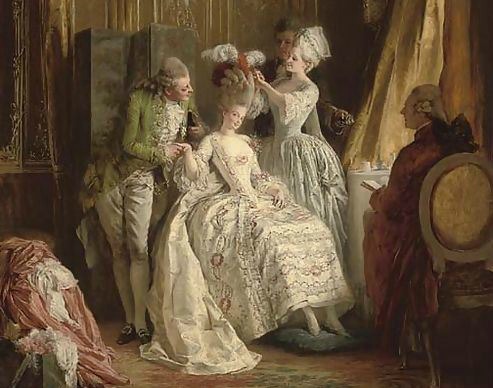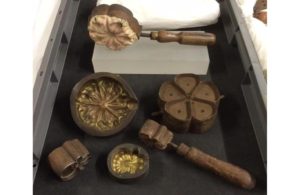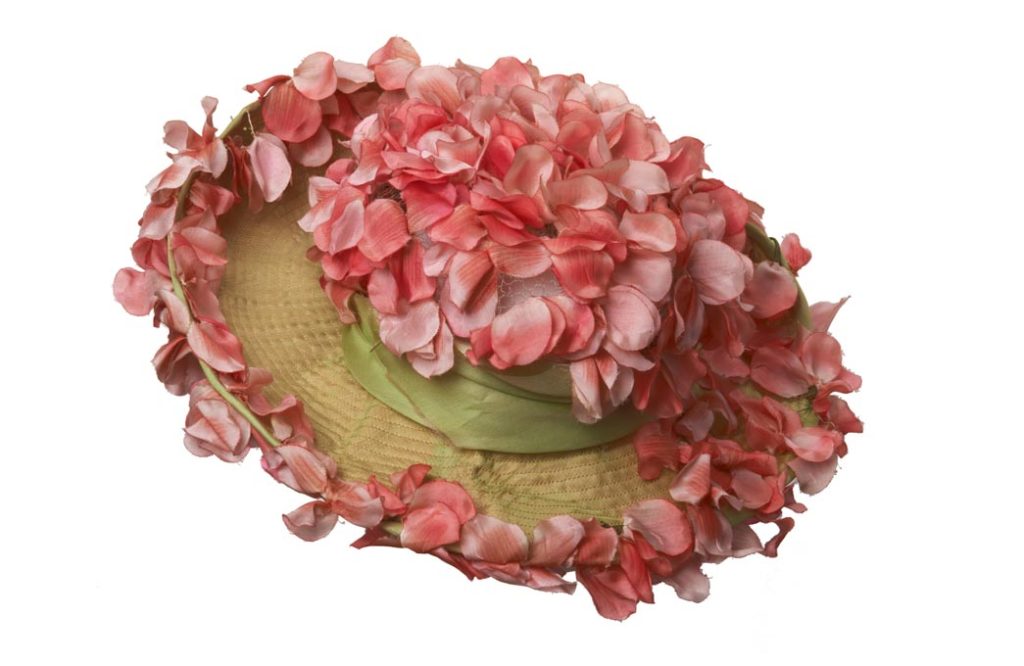For hundreds of years we have marvelled at the ability to recreate nature. From 12th Century Italians and the simple silkworm via the heady days of Marie Antoinette to the low point of 1970’s plastic. Nowadays the vast improvements in the quality of flowers, combined with our busy, low maintenance lifestyles, has brought with it a resurgence in the humble artificial flower.

From China to Italy
The tradition of replicating natural flowers from various materials goes back hundreds of years. It is believed to have been the Chinese who mastered the art of working with silk to create floral forms. However, it was the Italians who commercialised this art form. As early as the 12th Century they began constructing artificial flowers from the cocoons of silkworms. They would then dye them and offer them for sale.
The French takeover
Soon the French began to challenge the Italians and by the 14th Century it was they who became he masters of the art of making artificial flowers. The focus of the flower making trade in France was a technique known as the ‘dessert table’ where chocolate desserts were presented alongside floral creations. This then graduated into adorning ladies hats with silk flowers; a hat was not considered complete unless it was embellished with faux flowers, a fashion that lasted well into the 20th century and is still present today. This trend was soon followed by dressmakers and the style for floral adornment on clothing was even adopted by Marie Antoinette, who’s dresses were simply emblazoned with artificial flowers. In fact it was said that, in 1775, she fainted after being given a silk rosebud that was alleged to be so lifelike.

America and the Victorians
By the late 1700’s the taste for artificial flowers had moved across the channel to England, partly due to artisan displacement following the French Revolution. The trend then found itself travelling further afield with the flood of new settlers arriving in America. By the early 1800’s its popularity was so great that in 1794 Congress proposed placing an import tax on artificial flowers, items they considered to be ‘luxuries of life’. The Victorian era in England too, saw a surge in floral adornments. At this time materials they used included muslin, gauze, satin and calico as well as silk, taffeta, linen and velvet. One of the very few predominantly female occupations to appear consistently in census books throughout the period 1851-1901 is that of artificial flower maker.
Semi Automation

Dressmakers and milliners were using artificial flowers extensively and with the invention of cutting irons from Switzerland, artificial flower making truly took off. These cutting irons would cut 8-12 layers of material to a petal or leaf shape with a single whack of a mallet, thus reducing the need to cut them one by one. This stamping out of flower and leaf shapes became a man’s job, alongside the material dying. Women and children were then left to assemble the pieces together into the final product. This simple form of mechanisation provided the volume required to meet demand.

1920’s-1970’s
By the 1920’s-30’s artificial flowers were being used extensively in all forms of clothing; bridal and ball gowns, shoes, bags and all forms of fashion items. It wasn’t long however before artificial flowers began to be used when fresh flowers were in short supply. Then came the 1970’s, when the invention of new polymers led to the mass production of plastic flowers, sadly a period when quality and realism were compromised creating in peoples minds a distorted view of what artificial flowers look like.
Advances today

Fortunately peoples perceptions of what artificial flowers are today have changed dramatically. Advances in fabrics, finishes and manufacturing techniques have resulted in a new assortment whose superior lifelike qualities are incomparable to anything in the past. The term ‘silk’ flowers has become a generic term and today many faux flowers are made from combinations of cotton and polyester. Such fabrics combined with new dyes and glues can produce a greater variety of textures, not possible with silk alone. Plastic is used for stems and berries and it is usual for wire to be inserted in the stem to create the illusion of natural form. Manufacturers today pay enormous attention to make their artificial flowers look as realistic as possible. Natural blooms are taken apart, dissected and studied in order to create the necessary tools that will guarantee the manufacture a truly lifelike looking bloom. These are then dyed, sometimes by hand, whilst distinctive textures come from either the type of fabric used or by ‘pressing’ the fabric components into heated moulds. New technologies are regularly being developed to make artificial flowers ever more lifelike and with that their popularity is rising. All around us we are surrounded by exquisite representations of the natural world, the trend will no doubt continue, along with our need for fuss free, effortless beauty.
